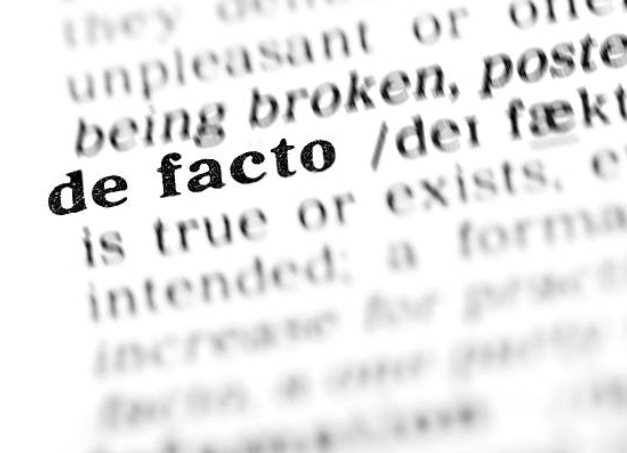Understanding Property Depreciation in Australia
What is Property Depreciation?
Property depreciation refers to the reduction in value of a property and its assets over time due to wear and tear, age, and obsolescence. In the context of investment properties, depreciation is a tax deduction that allows property owners to account for the decline in value of their assets, thereby reducing their taxable income.
Why is Property Depreciation Important?
- Tax Benefits: Claiming depreciation can significantly reduce your taxable income, resulting in lower tax liabilities.
- Cash Flow Improvement: By reducing your taxable income, you can improve your cash flow, allowing you to reinvest in your property or cover other expenses.
- Asset Management: Understanding depreciation helps property owners manage their assets more effectively and plan for future renovations or replacements.
How Does the ATO Determine Asset Life Expectancy?
The ATO provides guidelines on the effective life of various assets, which is the period over which an asset can reasonably be expected to decline in value. This life expectancy varies depending on the type of asset. For example:
- Carpets: 10 years
- Hot Water Systems: 10 years
- Air Conditioning Units: 12 years
- Fencing: 15 years
These guidelines help property owners determine how much depreciation they can claim each year.
Calculating Property Depreciation
To calculate depreciation, property owners can use the straight-line method, which spreads the cost of the asset evenly over its effective life. The formula for straight-line depreciation is:
Annual Depreciation Expense = Cost of Asset / Effective Life of Asset
For example, if you purchase a new carpet for $6,000 and the ATO lists its effective life as 10 years, the calculation would be:
Annual Depreciation Expense = $6,000 / 10 = $600
This means you can claim a $600 tax deduction each year for ten years.
Types of Depreciation Methods
There are two primary methods for calculating depreciation on investment properties:
- Prime Cost Method: This method calculates depreciation evenly over the asset’s effective life, as demonstrated in the previous example.
- Decline in Value Method: This method allows for a higher depreciation deduction in the earlier years of an asset’s life, reflecting the accelerated loss of value.
Claiming Depreciation on Your Tax Return
To claim depreciation, property owners must keep accurate records of their assets and their costs. It is advisable to engage a qualified quantity surveyor to prepare a depreciation schedule, which outlines the depreciation deductions available for each asset in the property. This schedule can be used when filing your tax return to maximize your deductions.
Understanding property depreciation is essential for investment property owners in Australia. By recognizing the ATO’s guidelines on asset life expectancy and utilizing the appropriate depreciation methods, you can effectively reduce your taxable income and improve your cash flow.
Hill Legal’s Hot Take
Property depreciation is a valuable tool for property investors, providing significant tax benefits that can enhance your overall investment strategy. By understanding how to calculate and claim depreciation, you can maximize your returns and ensure your investment works for you. For expert advice and assistance with your property investments, reach out to Hill Legal today! Call our office on 03 5976 6500 or send us a message online.




